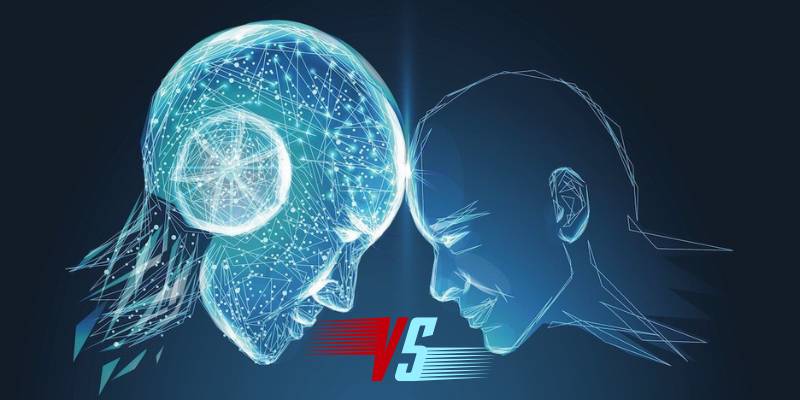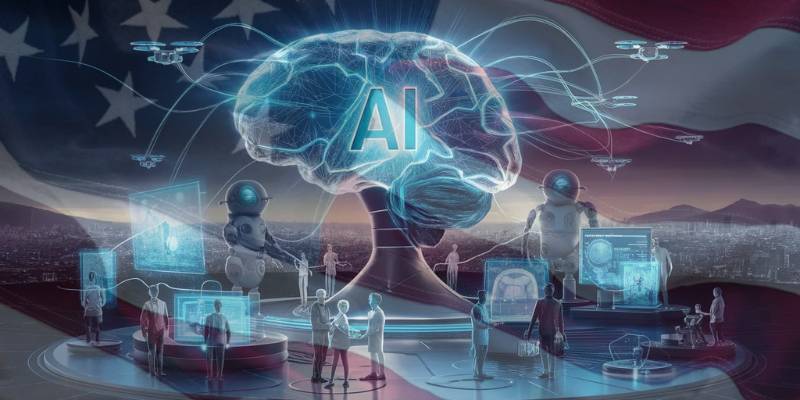OpenAI just pulled off one of the boldest moves in the AI world lately — teaming up with Broadcom to design and build its first in-house AI processors.
The chips won’t hit the market tomorrow; the rollout is planned for the second half of 2026, with broader deployment expected by 2029.
But make no mistake — this is OpenAI sending a loud message to the industry: it’s tired of renting GPUs and ready to start owning the metal.
Instead of just buying compute from cloud giants, OpenAI will handle the design of these chips while Broadcom manages manufacturing and networking integration.
Together they plan to deploy roughly 10 gigawatts of custom AI compute — enough energy to power entire cities.
The move signals a shift away from total dependence on Nvidia and AMD, companies that have dominated the AI hardware scene for years.
And if you squint a little, you can see what this means: a new kind of power balance in Silicon Valley, one where software titans start crafting their own hardware destiny — a point echoed in reports of OpenAI’s broader chip ambitions.
Now, let’s talk real talk — building chips isn’t like coding a new app feature. It’s gritty, it’s messy, and sometimes you fry millions of dollars’ worth of silicon before breakfast.
But there’s a method to the madness. By designing its own chips, OpenAI can bake its model intelligence directly into the circuitry, potentially cutting costs and boosting efficiency.
And for Broadcom, this deal plants its flag right in the middle of the next big semiconductor arms race, just as AI computing demands go through the roof — something even insiders at The Verge have hinted at.
It’s easy to forget how this story started. OpenAI has already inked deals with AMD for 6 gigawatts of compute and still leans heavily on Nvidia’s GPUs.
But the writing’s on the wall: by diversifying its silicon sources, the company is playing the long game, reducing dependency and gaining flexibility.
What fascinates me most is the rumor that Greg Brockman mentioned OpenAI’s own models helped optimize the chip designs, cutting iteration cycles from weeks to days.
Imagine that — AI helping build the hardware it’ll run on. That’s not just innovation; that’s poetic recursion.
Of course, there’s no smooth sailing here. The hardware world is littered with failed dreams — thermal issues, low yields, runaway costs.
One bad wafer batch and your production schedule’s toast. But if OpenAI nails this, we could be looking at a full-stack revolution: from training models to designing chips purpose-built for them.
And when you think of it that way, this partnership feels less like a business move and more like a declaration — a statement that the future of AI isn’t just written in code, it’s etched in silicon.
I’ll admit, part of me loves the audacity of it all. It’s risky, sure, but also visionary.
You can almost hear the hum of servers in some far-off data center, the future whispering, “you wanted intelligence — now you have to build it.


